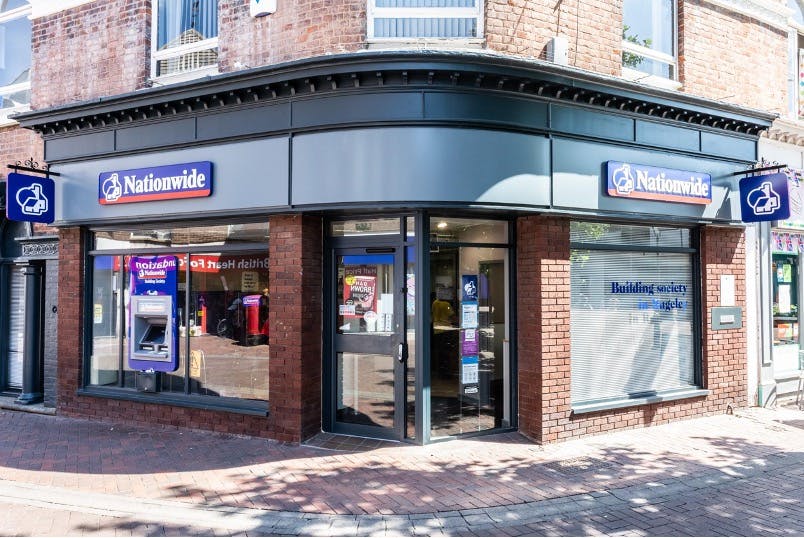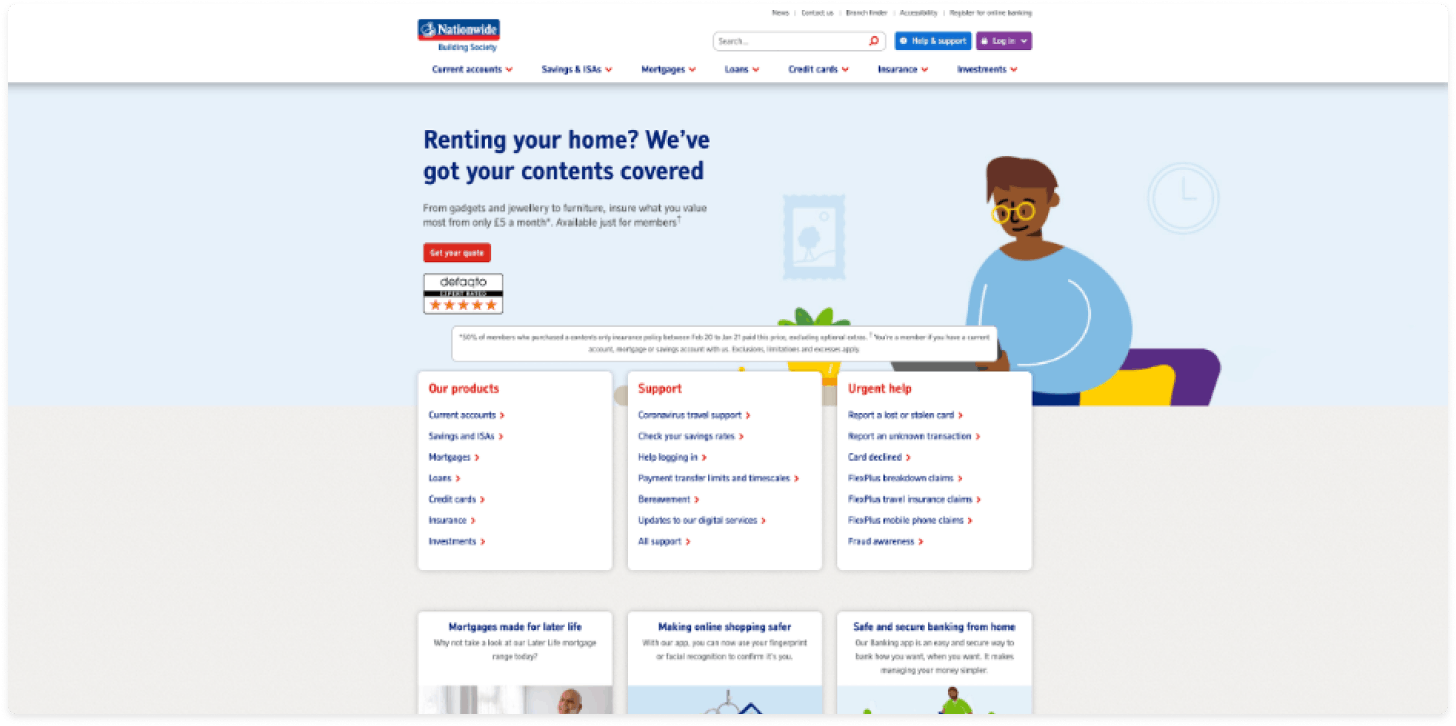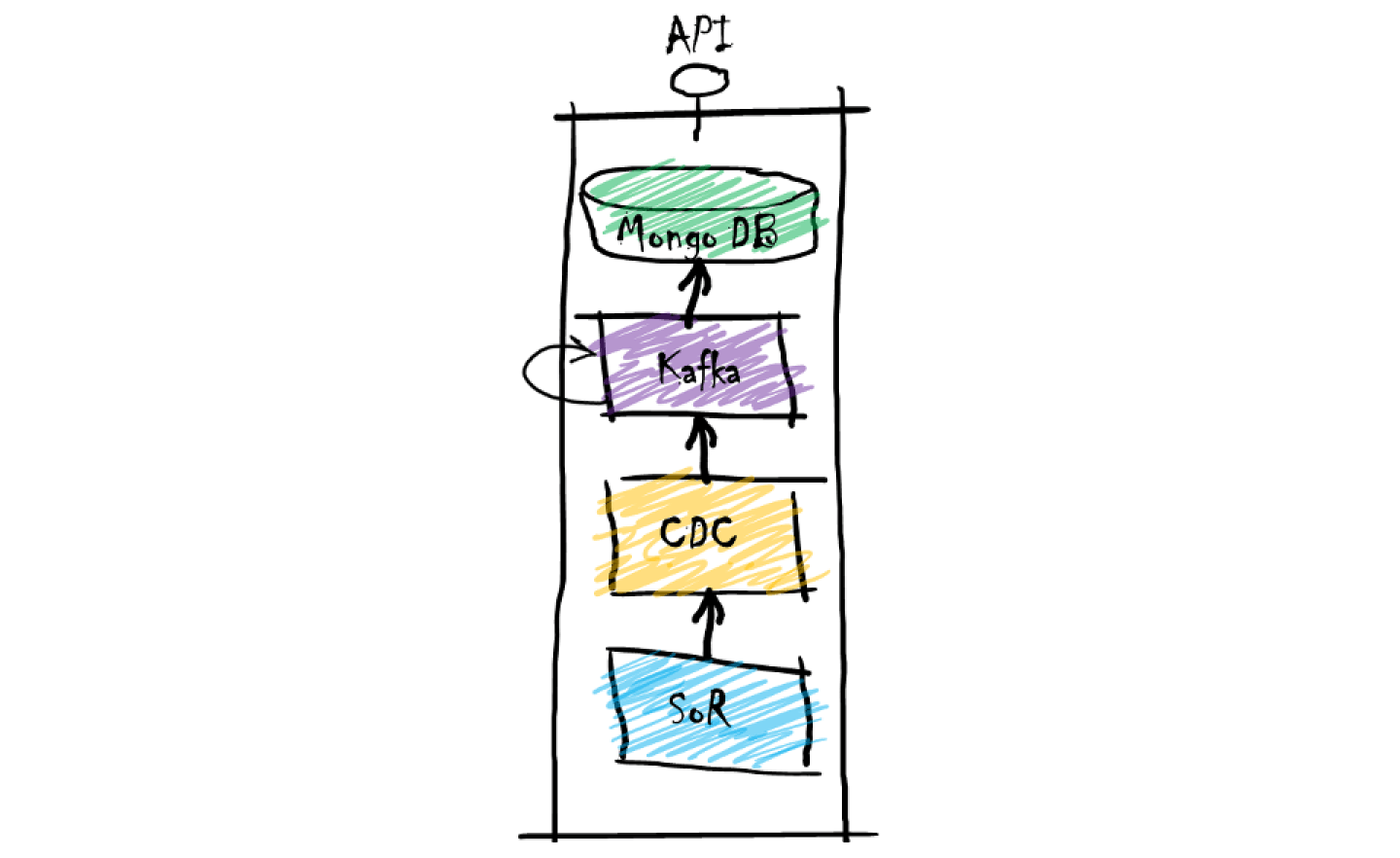
Building Real-time Banking Applications: Why Nationwide Chose MongoDB Atlas

INDUSTRY
PRODUCT
INITIATIVE
CUSTOMER SINCE
More than 135 years of mutuality
Nationwide is a British financial services provider and, with more than 15 million members, it's the world’s largest building society.
Nationwide’s story goes back to 1884 when the Society’s founder proposed that the co-operative movement should set up its own building society. Back then life was relatively simple. Banking products were only available to the wealthy, and the working classes found it hard to secure credit and long-term housing. These ordinary working-class folk needed a place to save and borrow money. They wanted a Mutual Society built to meet their needs and to provide new financial opportunities.
It was for these reasons that the Nationwide Building Society was formed, and more than135 years later, that solid foundation of mutuality remains.
Life has changed drastically since the late 19th century, yet Nationwide remains a household name to UK customers. Today it helps its members with current accounts, mortgages, savings, and other personal finances, and continues to evolve its services.
Customers’ expectations are evolving, too. With emerging challenger brands offering new ways of banking, a demand for better service has intensified. In 2021, the need for online and digital banking services has never been more important. Just as it was back in 1884, Nationwide is innovating with financial products and driving customer engagement — though to do so this time, the Society needed to evolve its technology stack to keep pace as its services expanded.

A household name in the UK
Striving for online real-time capabilities
This demand for new services and features continues to expand and change. Despite thousands of updates since 2012, Nationwide’s mobile banking platform must continue to evolve with new capabilities. Many customers now expect digital-first products, but they also want a more intuitive way to use them. They expect to see all of their accounts in real-time, and to be able to set rules for better money management. “Some of our customers expect to do everything online now and demand real-time action,” said Rob Jackson, Head of Application Architecture at Nationwide. Online capabilities and real-time information make for a simple consumer experience, yet the technological challenge to bring this to life for Nationwide is complex. If one of these online tasks was taking longer than it should, or if data wasn’t integrated correctly, customer experience would suffer. To avoid that, Nationwide had to be able to track them, fix them and update them in real time.
To meet customer demands, it would take an entirely new approach where the Society’s underlying technology infrastructure and software operations would need to be updated.

“Driving a more intuitive way of money management.”
Migrating from mainframe to modern technology
Nationwide’s ongoing reliance on mainframe technology was a clear starting point for Jackson and the team.
From 2012, the Building Society had been storing and processing a huge number of customer touchpoints (from the web, mobile, and in-branch) in silos in this legacy technology. It was hard to work with and was slowing down development practices. With real-time data always flooding in, the speed and diversity of this information was starting to challenge the environment. To deliver new digital services, the Building Society needed a way to get that data out of the mainframe as quickly as possible so that it could provide customers with the most recent information. One solution would be to scale the mainframe but that would have been “too slow and too expensive,” said Jackson. Instead, the team looked to “offload” the mainframe - a process of replicating data stored on the mainframe to a new real-time event-streaming platform. The platform would help bring together all of the data, make it easier for its developers to work with, and to release those new capabilities. The real-time event-streaming platform was called Speed Layer and it would be the Building Society’s source of high volume data requests and event sourcing - where all app changes were stored as a sequence of events.
“It would mean that we could finally break down data silos, and merge and enrich data, in real time. Only then could we better support the Society’s agility and innovation,” Jackson said. To do all of that, the team required a new modern database to query, manage, and scale all of this information. They needed it to be flexible, easy for the developers to use, and able to store mission-critical data securely at scale.

“Bank how you want, where you want with Nationwide’s Banking app.”
Getting the database out of the way to build new features
This led Nationwide to evaluate the market for a document database with the enterprise-level capabilities it required: versatility, functionality, resilience, and security. After a rigorous process of trialing and testing, the team chose MongoDB Atlas, the global cloud database service, and began running it on AWS.
“We’d heard of MongoDB and knew its document database was working for a lot of developers at organisations with a similar use case to us,” said Jackson. “MongoDB is one of the most-loved database technologies, and good people want to work with the best technology. We wanted to create that environment at Nationwide.”
Rob Jackson, Head of Application Architecture, Nationwide
Speed Layer, as illustrated in the colorful, free-form graphic below, takes real-time data out of the backend mainframe through change data capture and pushes it to Kafka - an event streaming platform. It then uses stream processing techniques to produce Kafka topics for MongoDB. Data is then routed to be persisted in MongoDB, creating an environment to query it.
With this real-time copy of the mainframe data in MongoDB Atlas, developers can push the information through a microservices architecture to work specifically on their respective services, be those digital banking, mortgages, or account services. It means each engineering team has the latest data at hand to build new features and real-time capabilities for their customers.
With MongoDB Atlas the team no longer has to worry about managing infrastructure provisioning, scaling instances, or backups. It is all fully managed for them and instead, they can focus on building those new features.
“We found that MongoDB Atlas had a great way of structuring data that was so simple and easy-to-use for our developers. It has taken a great deal of the complexity out of managing data,” said Jackson.
Rob Jackson, Head of Application Architecture, Nationwide
The team is now able to use MongoDB’s flexible data model to build applications faster, handle highly diverse real-time data types, and manage applications more efficiently at scale. With real-time data represented as a series of JSON documents, as opposed to the complex table and row format of legacy relational systems, developers are able to work with a much more intuitive representation of their data, in their natural language, and their applications are much more performant.
While Nationwide is using MongoDB Atlas for Speed Layer today, Jackson explained how it’s just the beginning of the partnership. “We now have the opportunity to explore data in new ways. I’m thinking of new services with the likes of machine learning so we can stay one step ahead and give our customers the best experiences.” With digital transformation a long-term project for the Building Society, the choice of MongoDB was as much about future value as it was on immediate impact. “The roadmap looks very interesting. Recent additions such as Atlas App Services, the mobile database, could be really useful to us in the future as we expand our customer features there.”
Rob Jackson, Head of Application Architecture, Nationwide

The Speed Layer Stack
Creating a new competitive advantage for the business
Speed Layer is still in early production but is already showing strong returns, in particular the resiliency and agility it offers the bank, as well as its ability to ingest rich data sets.
Yet, the ultimate proof of its effectiveness will be in how it allows Nationwide to build new data-led real-time features for its customers at scale.
Being event-driven, the new architecture opens up the opportunity to bring these new features to life for customers more easily.
“For too long, financial services providers have been great at capturing and safely storing data. They’ve been less good at telling customers 10 interesting things about that data, which could bring real benefit to them. We’re now changing that,” Jackson added.
Rob Jackson, Head of Application Architecture, Nationwide